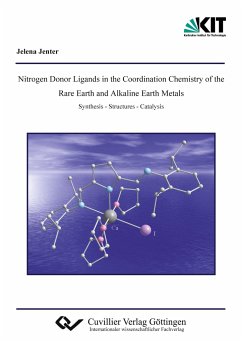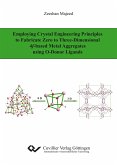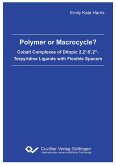Bis(phosphinimino)methanide rare earth metal bisborohydrides, as illustrated in Scheme I, were successfully synthesized by salt metathesis reactions of [K{CH(PPh2NSiMe3)2}] with [Ln(BH4)3(THF)n] (Ln = Sc (n = 2); Ln = La, Nd, Lu (n = 3)) or in the case of yttrium by the reaction of [{(Me3SiNPPh2)2CH}YCl2]2 with NaBH4. Interestingly, the BH4- anions are ?3-coordinated in the solid state structures of 3, 4, 6 and 7, while for the scandium complex 5 two different conformational polymorphs were identified, in which either both BH4- groups are ?3-coordinated or one BH4- anion shows an ?2-coordination mode. Furthermore, complexes 3, 6 and 7 showed high activities in the ring-opening polymerization (ROP) of e-caprolactone (CL). At 0 °C, the molar mass distribution reached the narrowest values ever obtained for the ROP of CL initiated by a rare earth metal borohydride species.








